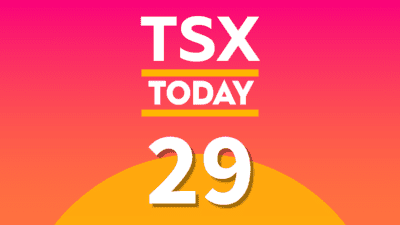The Fed slashed interest rates to 0% this weekend in response to the devastating economic impact of the coronavirus (COVID-19). Central banks around the world, including the Bank of Canada (BoC), have been slashing rates in a fast and furious manner lately. And with the U.S. Fed “throwing the proverbial kitchen sink” to combat a potential economic meltdown, now is the time to start talking about negative interest rates, as rates suddenly found themselves between rock bottom and a negative place.
What does a negative interest rate environment entail?
Things could start getting weird. Although the Fed has shown its reluctance to enter negative territory, one has to weigh the impact should the economic damage justify it. President Trump has been pounding the table on negative rates for quite some time. After the recent carnage, he may finally get his wish.
In such an environment, you’ll probably have to start paying your bank an interest rate to hold your cash while guaranteeing a loss by owning debt instruments. In a way, it doesn’t really make much logical sense, given all you’ve probably learned about interest rates.
You can look at it like we’re on the verge of entering into a black hole. The long-term effects of a negative rate environment are still unknown, but given Japan and Europe have already crossed the line, there are a few steps that investors can take to prepare for the strange times that lie ahead.
As you may know, lower rates mean thinner net interest margins (NIMs) for the banks. When we’re in negative territory, however, there are other levers that the banks can pull to bolster their profitability. That means savers and bond investors would be guaranteed to lose money over time as rates remain negative.
So, what should you buy for negative rates?
Equities could soon become the only game in town. But you’re going to need to pick your spots wisely. As rates invert, bonds will become a useless asset, so bond proxies like Fortis, I believe, will be in high demand, as “safe” investors go on the hunt for safe yields.
Moreover, negative rates will cause a strange scenario where one could make money by taking on a mortgage. In such a situation, the demand for real estate is likely to pop, and along with them, REITs could see their books soar into the stratosphere. Combine this with the fact that their safe yields will also be in high demand in weird times, and the BMO Equal Weigh REIT Index ETF may look like a wise bet for those preparing for a zero-to-negative-rate environment.
Finally, in times of tremendous uncertainty, gold is best. The physical asset or miners like Barrick Gold ought to be bought. As I noted before, we’re headed into uncharted waters, and the longer-term impact of negative rates is still largely unknown. Gold is a great way to combat the unknown and is a great hedge.
Foolish takeaway
Bond proxies, REITs, and gold could be your secret weapon for dealing with a negative rate environment. While negative rates aren’t necessarily a bad thing, there could be consequences for which we won’t discover until down the road. As such, it’s only prudent not to panic, because frankly, there are fewer “safe” places to hide when rates go negative, anyway.
Stay hungry. Stay Foolish.








